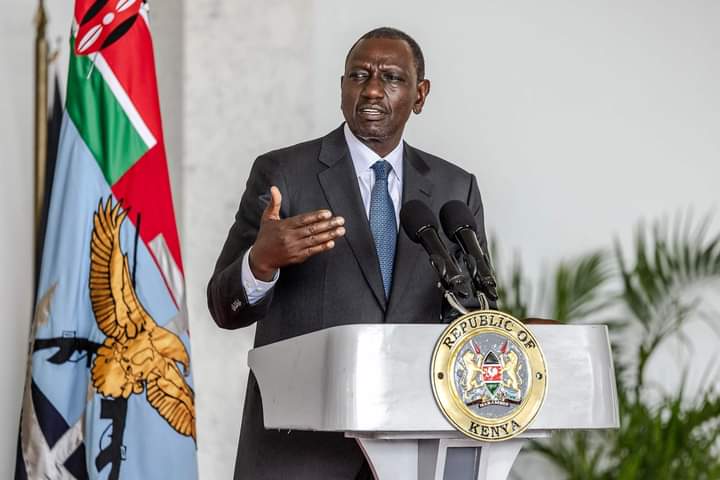Nairobi, Kenya -President William Ruto on Wednesday nominated four key members of the opposition to his new cabinet. This unprecedented move comes in response to six weeks of intense demonstrations that rocked the nation, driven by young protesters opposed to the government’s $2.7 billion tax hikes.
Among the notable nominations is John Mbadi Ngo’ongo, an influential ally of opposition leader Raila Odinga, who is slated to head the finance ministry. Ngo’ongo, along with three other opposition members, represents a significant shift in Ruto’s administration, signaling a potential thaw in the frosty relations between the government and opposition forces since the 2022 election.
Ruto’s cabinet reshuffle also includes the reappointment of five members from the previous cabinet who were dismissed earlier this month amidst mounting pressure from protesters. This mix of old and new faces in the cabinet highlights Ruto’s strategy to balance continuity with reform, as he navigates the complex political landscape.
Last week’s announcement of 11 nominations, six of whom were holdovers from the previous cabinet, set the stage for this latest development. The reintroduction of familiar faces aims to provide stability while the inclusion of opposition members seeks to foster a sense of unity and cooperation.
However, this move has not been without controversy. The young protesters, who have been the driving force behind the demonstrations, have voiced their skepticism towards the idea of a unity government.
They argue that such arrangements often result in leaders co-opting opposition members with lucrative positions, leaving the general populace with unfulfilled promises and continued economic hardships.
“We’ve seen this play out before,” said Mwangi Kinyua, a protest organizer. “Leaders come together, share power, and forget about the people. We need real change, not just a reshuffling of the same old players.”
Raila Odinga’s coalition allies have echoed similar sentiments, expressing reluctance to participate in a unity government. They fear that such a coalition might dilute their political influence and compromise their ability to hold the government accountable.
Despite these reservations, President Ruto remains optimistic about the potential benefits of his new cabinet. In a press conference following the announcement, he stated, “This is a crucial step towards national unity.
We need to work together to address the challenges facing our country. I believe this diverse cabinet will bring fresh perspectives and innovative solutions to our economic and social issues.”
As the dust settles from this latest political shakeup, the eyes of the nation remain fixed on the new cabinet members.
Their ability to navigate the treacherous waters of Kenyan politics and deliver on promises of reform will be critical in determining whether this unity government can indeed bring about the change the protesters have been demanding.
The coming weeks will be pivotal as the new cabinet faces the daunting task of addressing the economic grievances that sparked the protests while maintaining the delicate balance of political power.
For now, President Ruto’s gamble on inclusion and unity stands as a testament to the turbulent yet hopeful state of Kenyan democracy.




